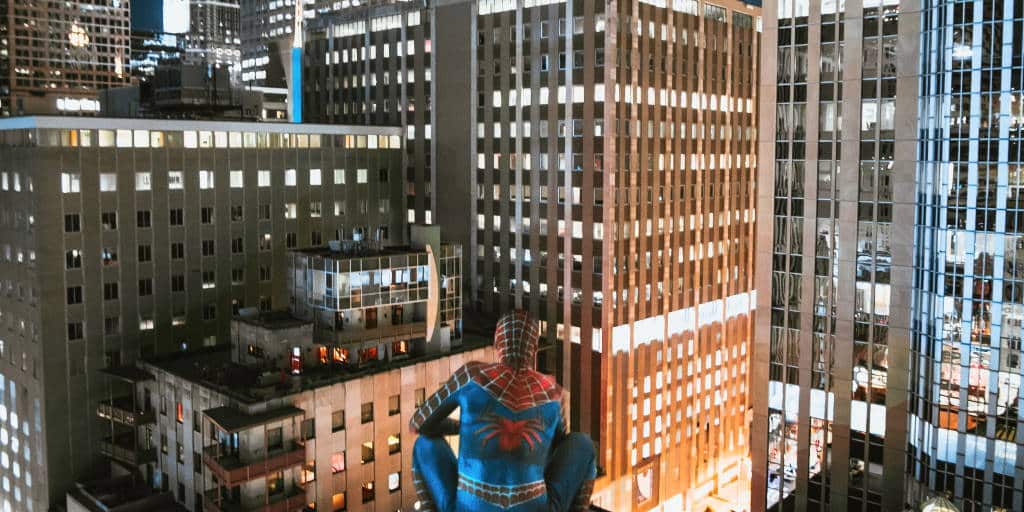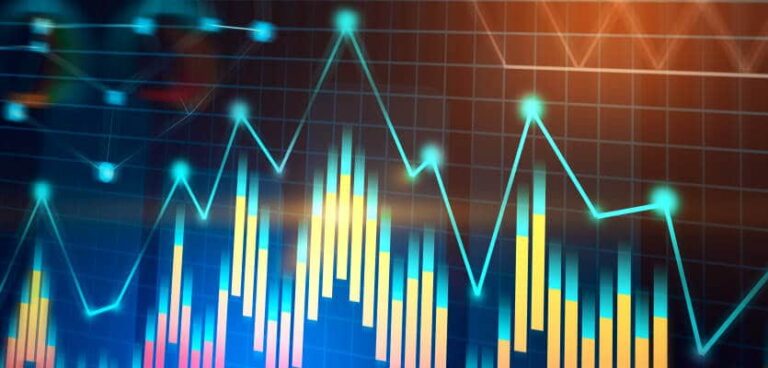It was in June 2013 that Apple, during its developers’ conference in the US, surreptitiously slipped the iBeacon profile into its iOS version 7. Four years later, how are beacons actually used to connect the physical and the digital worlds, a link that some are describing as ‘phygital’? Bearing in mind that Google released its Eddystone specifications in July 2015 and that Facebook is also proposing the use of the beacon in conjunction with its mobile app.

Innovative solutions
During this period, the uses of beacons have been many and varied. From shopping streets such as London’s Regent Street, through help for visually impaired people in the streets of Bucharest to use in an English school near Bristol, the solutions are often very innovative, and try to meet needs that other technologies cannot currently satisfy.
Apart from these possibilities, generally based on the monitoring functionality of beacons, a number of “indoor location” solutions using the ranging of 4th generation Bluetooth devices have been suggested, focusing on single beacons that locate smartphones fitted with BLE chips. For the most part, these solutions have lacked precision.
They are now evolving into complete products where the tracking system and the tracker are sold together (as in the case of Kontakt.io) or into hybrid solutions using Bluetooth and ultra wide band devices to obtain greater precision, more independent of probable interference. In particular, this solution has been adopted by Estimote.
Drawing on our four years of experience in this area, two projects have demonstrated the extent to which beacons are now a reliable technology that can merge into the background, bringing about the genuine integration of the physical and the digital worlds and offering significant benefits to end users. All the while enabling the business using these types of systems to gain a better understanding of their customers in order to serve them better.
Check In Carrefour Belgium
The well-known retailer Carrefour Drive offers customers the opportunity to shop online and to collect from the store of their choice with a minimal waiting time of five minutes on-site. To keep a promise like that, the purchasing chain must be controlled from end to end.

After suggesting a relatively inexpensive solution using terminals (enabling customers to announce their presence and their arrival at the collection point) for Carrefour Drive in Belgium, we set to work in collaboration with Carrefour to provide an even more independent solution, using the mobile resources (smartphones) owned by customers themselves.
The native mobile Carrefour Check In app was developed to enable individuals who have ordered their shopping online to announce their arrival automatically when they approach the Carrefour Drive.
To make the user experience the best possible, the customer’s arrival at the collection point is captured by GPS geolocation combined with the use of a beacon for each Carrefour Drive. No action is therefore required on the part of the customer, whose arrival is notified automatically to the preparer so that they can be served within the five-minute period advertised by Carrefour.
Rive Gauche shopping center, Charleroi
The opening of a new shopping centre in the centre of Charleroi gave Business & Decision Belgium the opportunity to work with its management to develop an innovative solution offering travelling customers a number of significant benefits.
The centre’s management needed to develop a genuinely creative omni-channel strategy, to have the most comprehensive possible overview of its customers and, above all, to optimise the customer experience both physically (during on-site visits) and digitally (when using the digital channels provided).
An integrated loyalty program
To meet these demands, we suggested developing a loyalty programme incorporated into a mobile app, a web site offering information on the shopping centre (and enabling full reporting for the centre’s management) and finally the use of a management channel for email campaigns.
To attract customers to the Rive Gauche shopping centre, the mobile app has two functionalities that are essential to the loyalty programme. Firstly, the collection of loyalty points through a unique QR code in every store. And secondly, the opportunity to exchange points for purchase vouchers or (even more important on a site right in the heart of Charleroi) for a reduction in the car park fee.

However, it was necessary to ensure that the QR codes were genuinely scanned on-site, and not just from photos distributed via online social networks. That’s where the Beacon technology comes into play. Every store has a QR code and its beacon all its own. Only when the QR code scanned corresponds with the presence of the smartphone with the app close to the beacon can customers earn loyalty points.
These points can then be exchanged for a reduction in parking charges. This can be taken into account directly from the app when the customer pays for their parking space. Once again, the technology lends itself to ease of use. Furthermore, it provides the best possible user experience through channels blending the digital and the physical.
The future of the beacon is secure
Over a four-year period, beacons have attained a degree of maturity, serving as the cornerstone in complex processes. They have also succeeded in merging into the background (which is often a good sign in terms of technology) rather than creating a buzz around functionalities that are unsuited to use in the real world.
With the appearance of the Bluetooth 5.0 standard in December 2016, it is now even clearer that the future of beacons is secure. And other possibilities are likely to emerge in the world of IoT.
















Your email address is only used by Business & Decision, the controller, to process your request and to send any Business & Decision communication related to your request only. Learn more about managing your data and your rights.